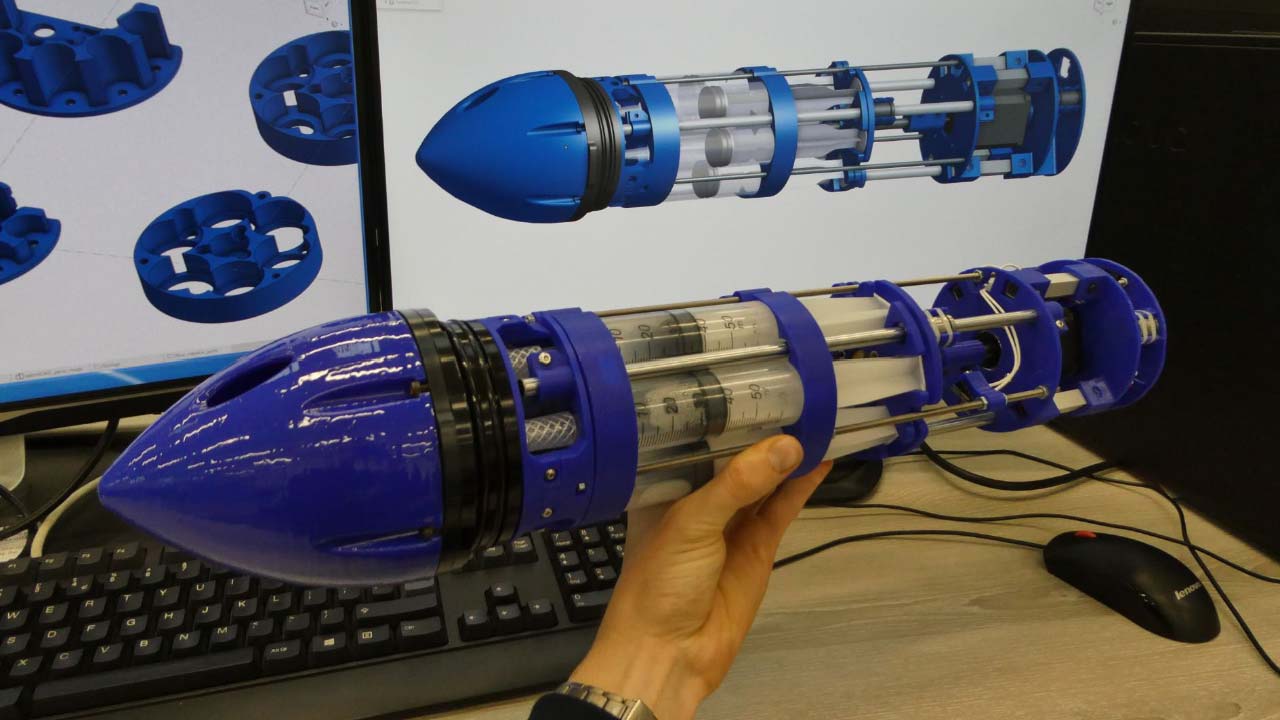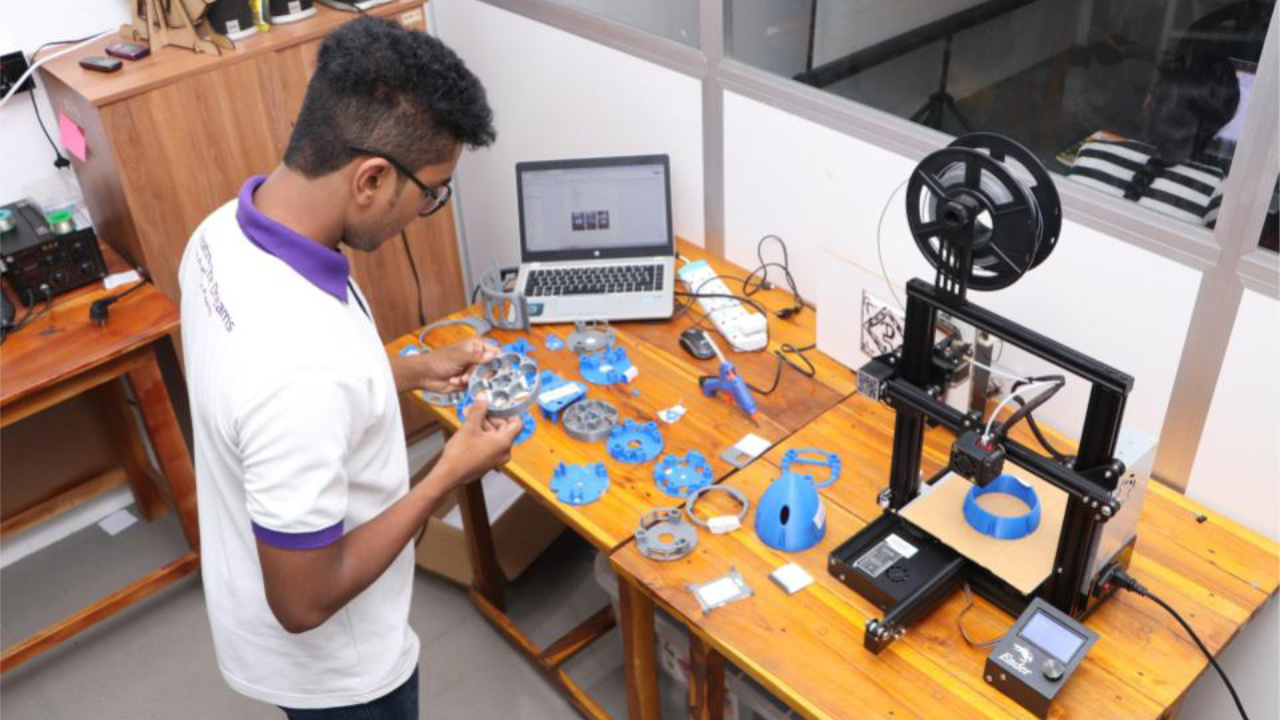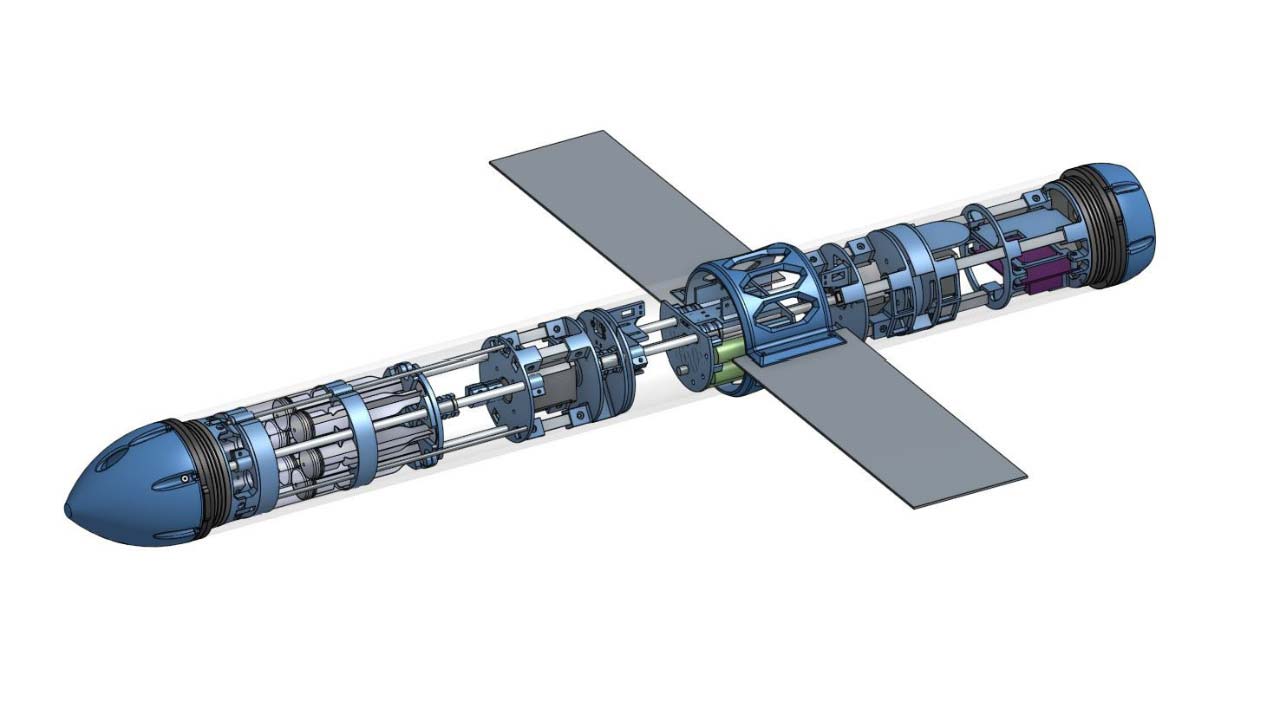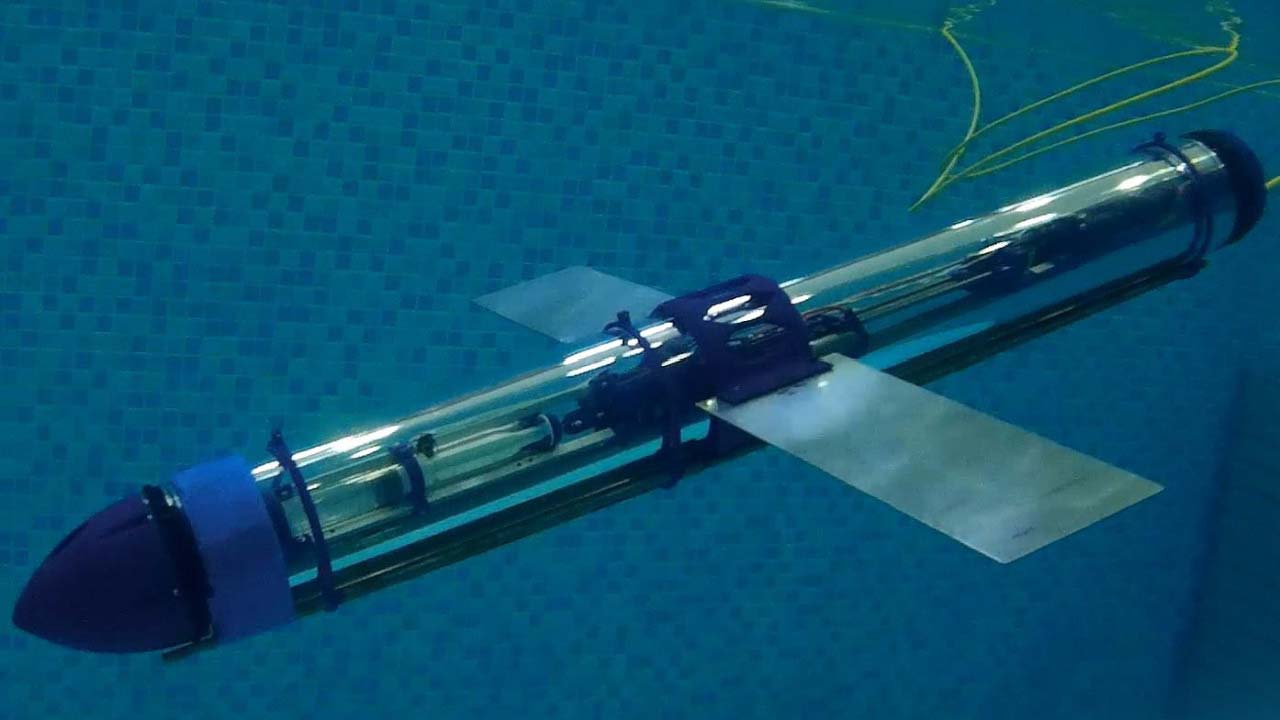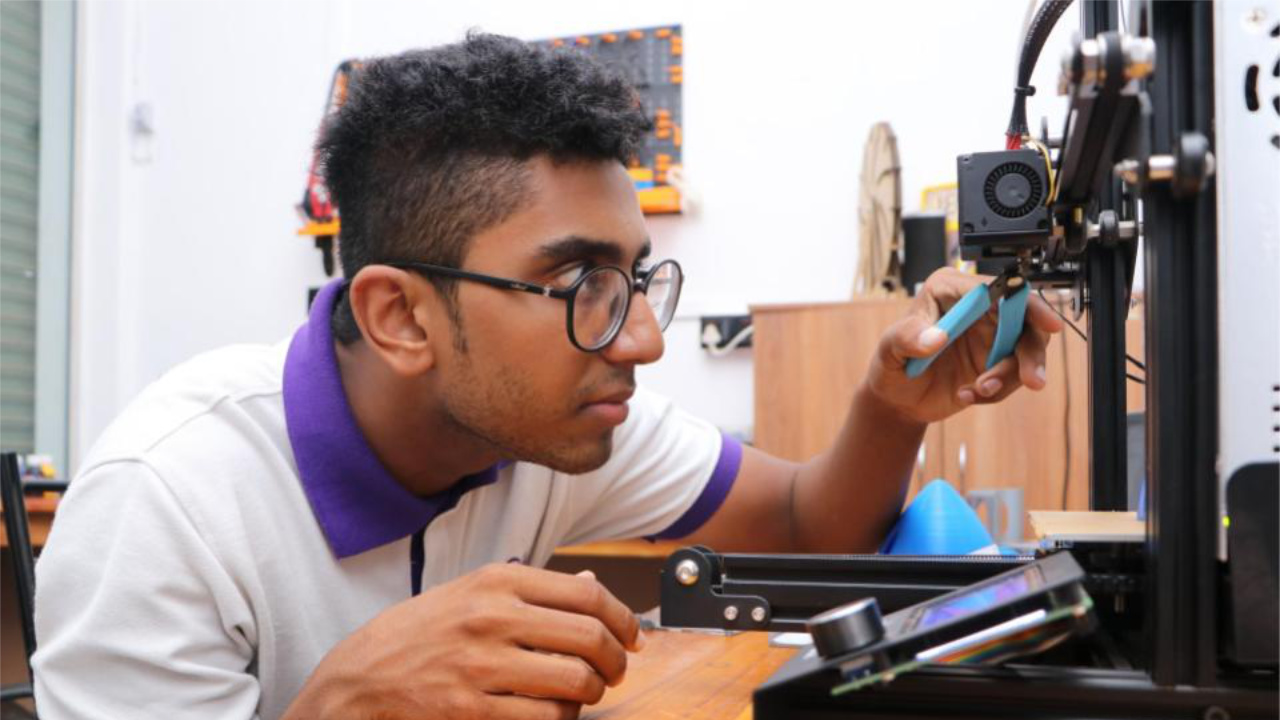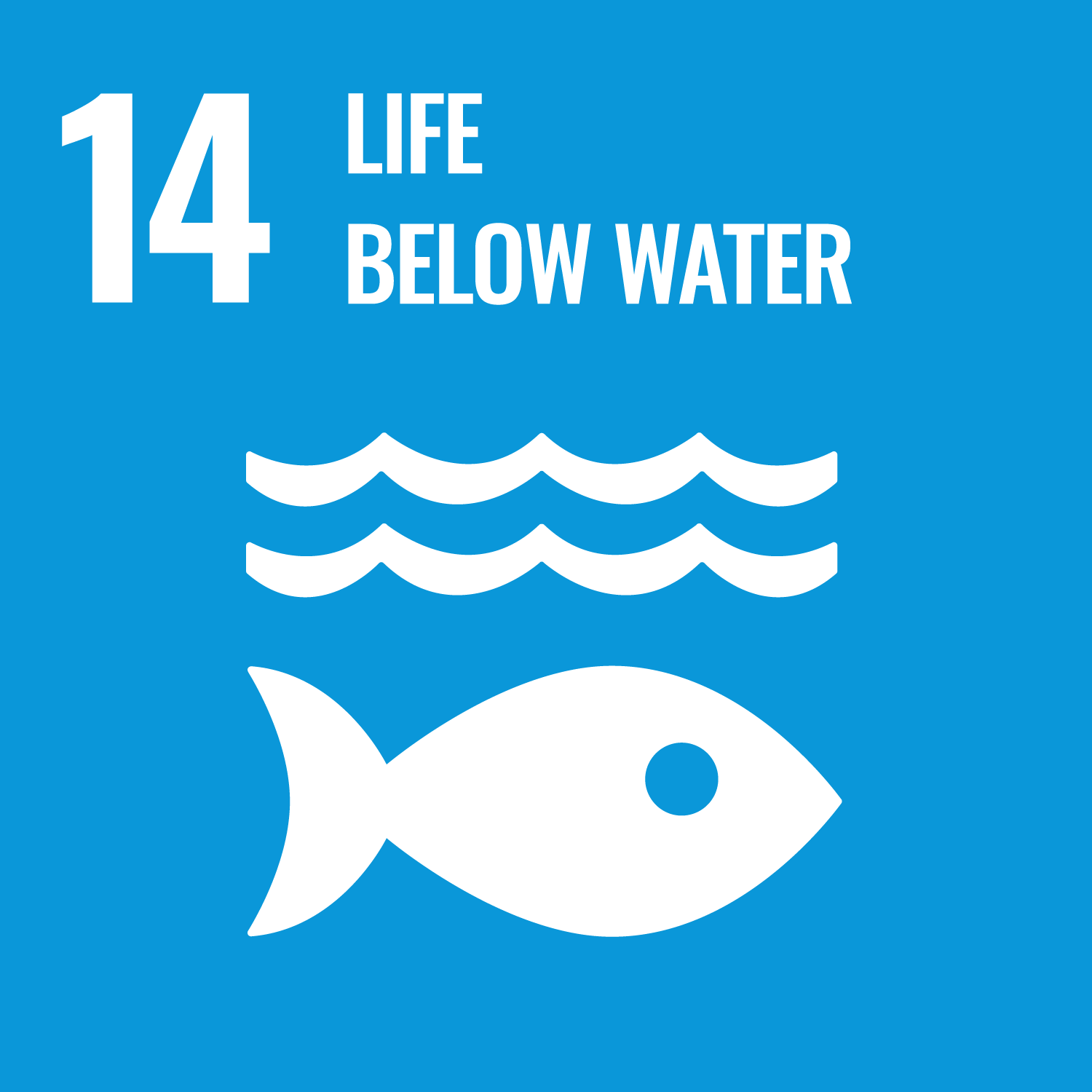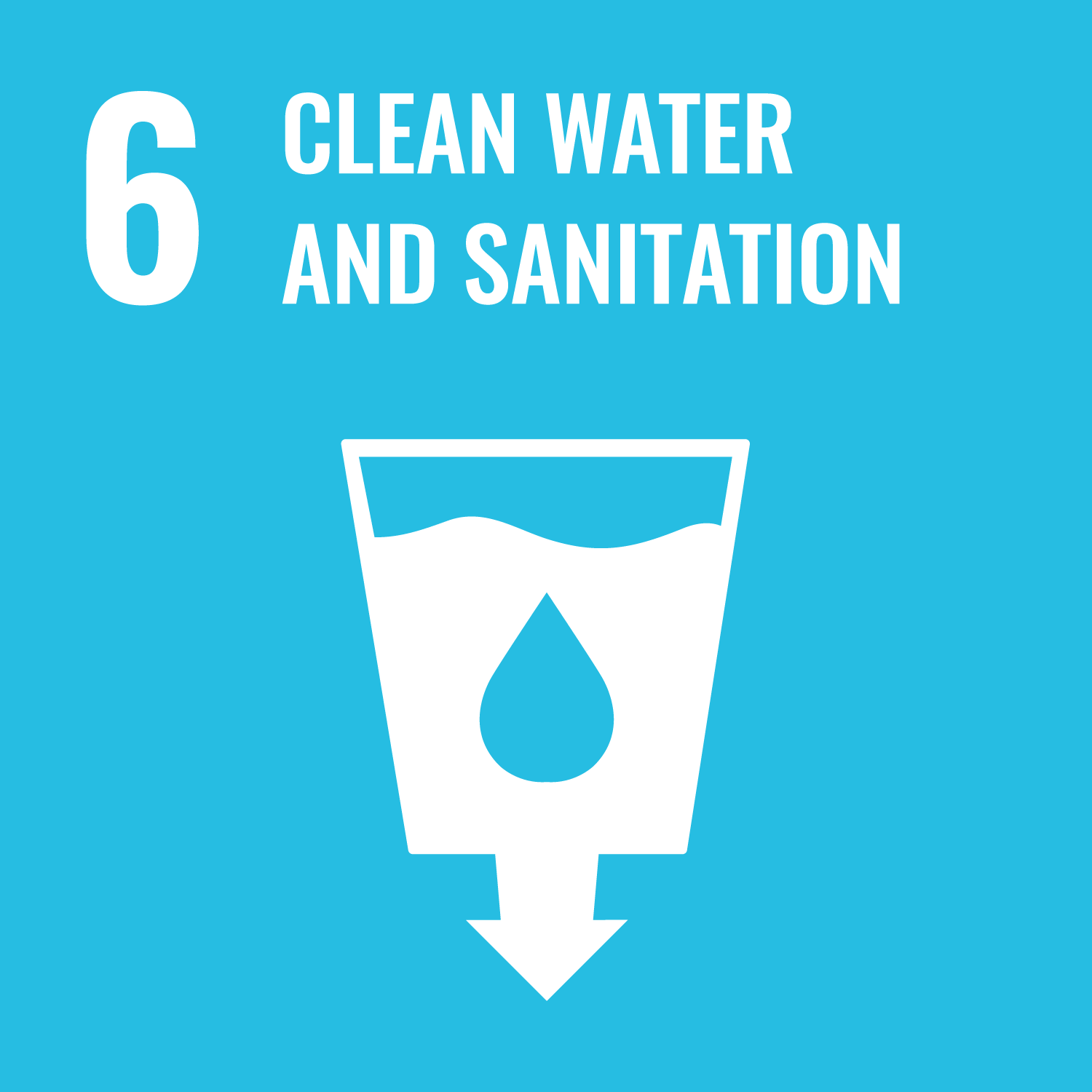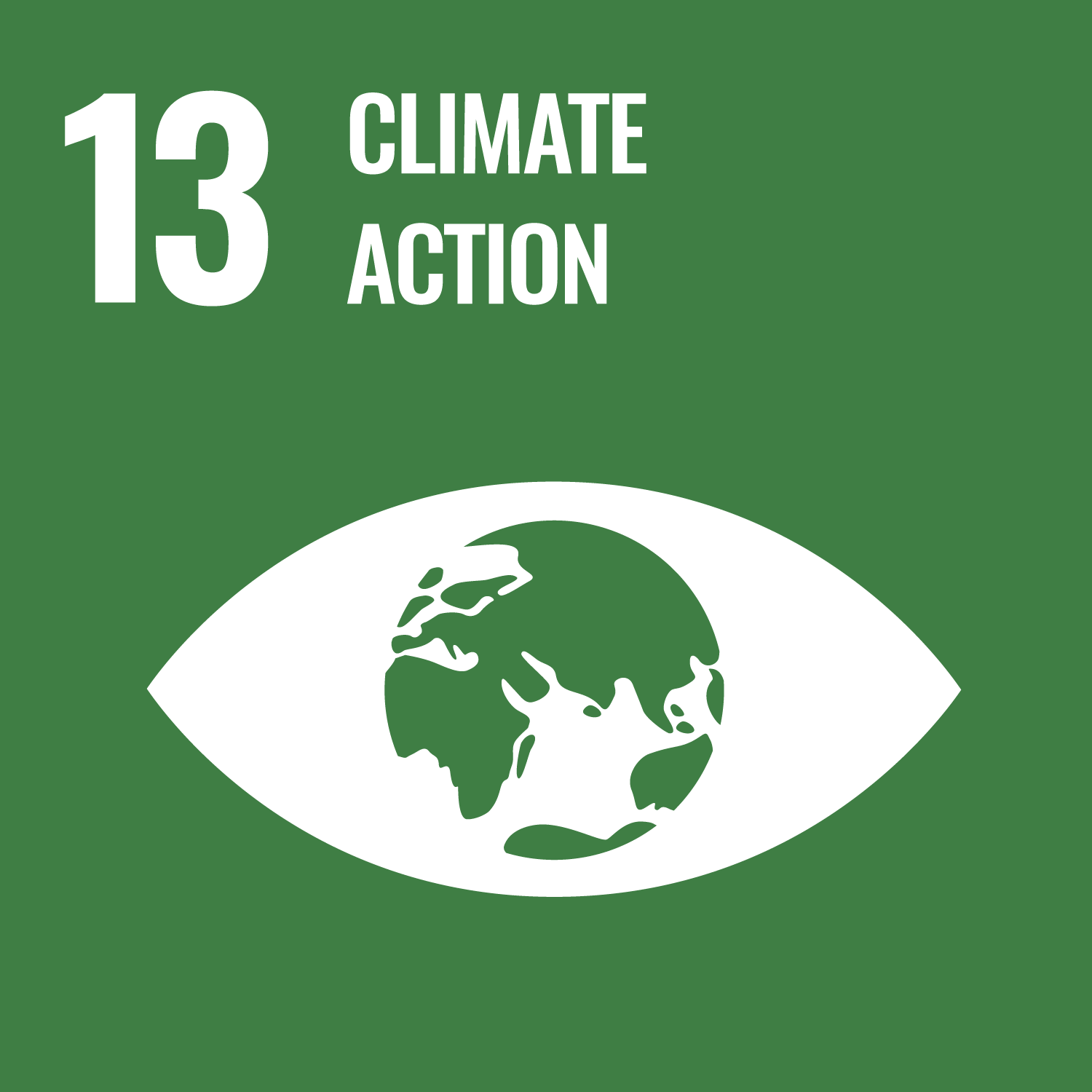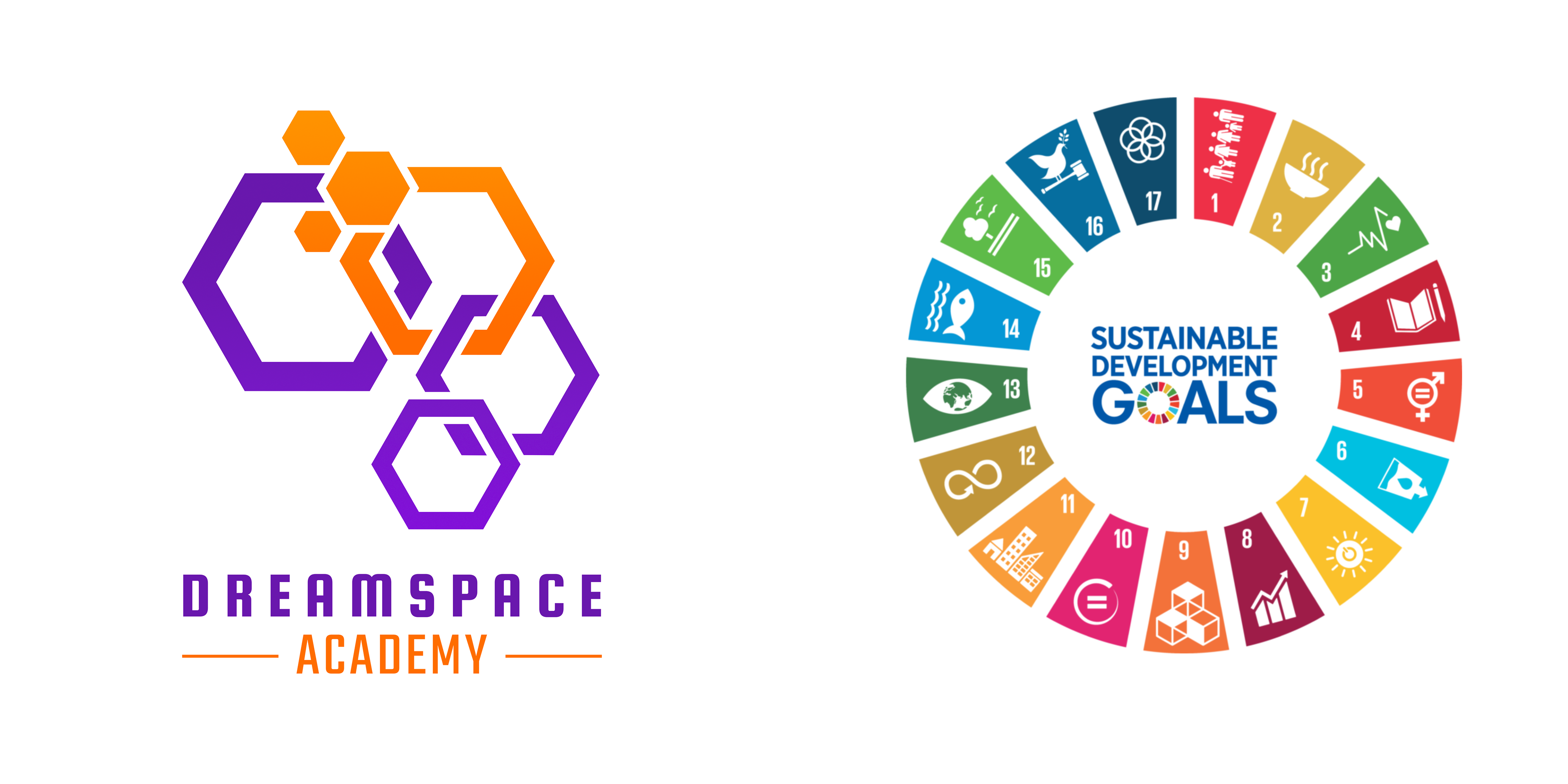Motivation
Blue Economy
Sri Lanka is an island country, located in the Indian Ocean, with a coastline of 1,585 km long, and the country claims an Exclusive Economic Zone (EEZ) extending 200 nautical miles, which is approximately 6.7 times Sri Lanka's land area.
The coastline and adjacent waters support highly productive marine ecosystems, and provide a massive economic value to this small nation, while this unique geographical position is highly contested by global powers.
[more]Life Below Water
The world’s waters – their temperature, chemistry, currents and life – drive global systems that make the Earth habitable. How we manage this vital resource is essential for life on earth, and to counterbalance the effects of climate change.
DreamSpace Academy has also adopted the sustainable development goal 14 “Life Below Water” to conserve and sustainably use the oceans, seas and marine resources.
[more]Problem
Real-time Monitoring
To keep our water ecosystem safe, secure, clean and sustainable, we need to measure various parameters in real-time. Sri Lanka, being a country that was devastated by 30 years of war, doesn’t even have the basic infrastructure, such as roads, in many parts of the country.
Therefore it is understandable that there is no modern infrastructure in Sri Lanka to measure and monitor the water ecosystems. Such equipment is very crucial for scientific research and assessment on an ecosystem, which is swiftly changing due to various weather conditions.
[more]Affordability
There are several solutions, such as Autonomous underwater vehicles (AUVs), to gather real-time oceanographic data for an extended duration and distance, with very little human effort. However, such commercial solutions could cost around 200,000 € and needs very special expertise & cost to maintain and repair such systems. Thus such solutions are not suitable for Sri Lanka.
Solution
Open-source Underwater Glider (OSUG)
There has been a breakthrough with low cost autonomous underwater vehicles, and as this capability has matured a wide range of hobby and commercial applications have been developed. However, there are no affordable extended duration underwater exploration platforms and this project aims to address this need.
Alex Williams, a young inventor from the USA, has developed a low cost and versatile underwater glider capable of extended missions of up to weeks at a time; using commodity hardware, 3D printed parts and an open-source autopilot. Furthermore, he won the Grand Prize in the Hackaday Prize Challenge 2017.
[more]Underwater Gliding
Underwater gliders use a buoyancy engine to change the mass of the glider, allowing them to ascend and descend through the water. With power only being used to power the engine intermittently, gliders can typically run for weeks or months without recharge, making them ideal for environmental monitoring. As underwater gliders travel slowly through the water, they disturb the surrounding water very little, allowing for accurate and reliable data recording.
[more]Maker
Shanjeevan Amalanathan is a young Maker from Batticaloa- a city on the eastern coast of Sri Lanka. To reinforce his innovative thinking, he joined DreamSpace Academy in 2019, and has been gaining the necessary Maker skills to develop Electronics, Mechanics and Softwares. After finishing his G.C.E Advanced Level in 2019, he decided to take a break, before he goes to University, to explore the ocean ecosystem in Sri Lanka.
During his study, he found out that after the Tsunami disaster in 2004, the water ecosystem in Batticaloa was significantly disrupted, and the local community started seeing a large number of eels that had emerged from the backwaters, which locals presumed to be snakes, as such species were not commonly visible above water.
He saw the need for a system to monitor the ocean and backwaters around Batticaloa. Therefore he has taken the challenge to build an affordable underwater glider, with the help of the existing open-source project OSUG.
He strongly believes that he will be further contributing to the OSUG project, by making it a production-ready underwater glider with multiparameter measurements system that will play a vital role in protecting the Blue Ecosystems in Global South.
This innovation collects SDG Badges of
-
Life Below Water
UN SDG 14
Conserve and sustainably use the oceans, seas and marine resources for sustainable development
-
Clean Water and Sanitation
UN SDG 6
Ensure availability and sustainable management of water and sanitation for all
-
Climate Action
UN SDG 13
Take urgent action to combat climate change and its impacts

